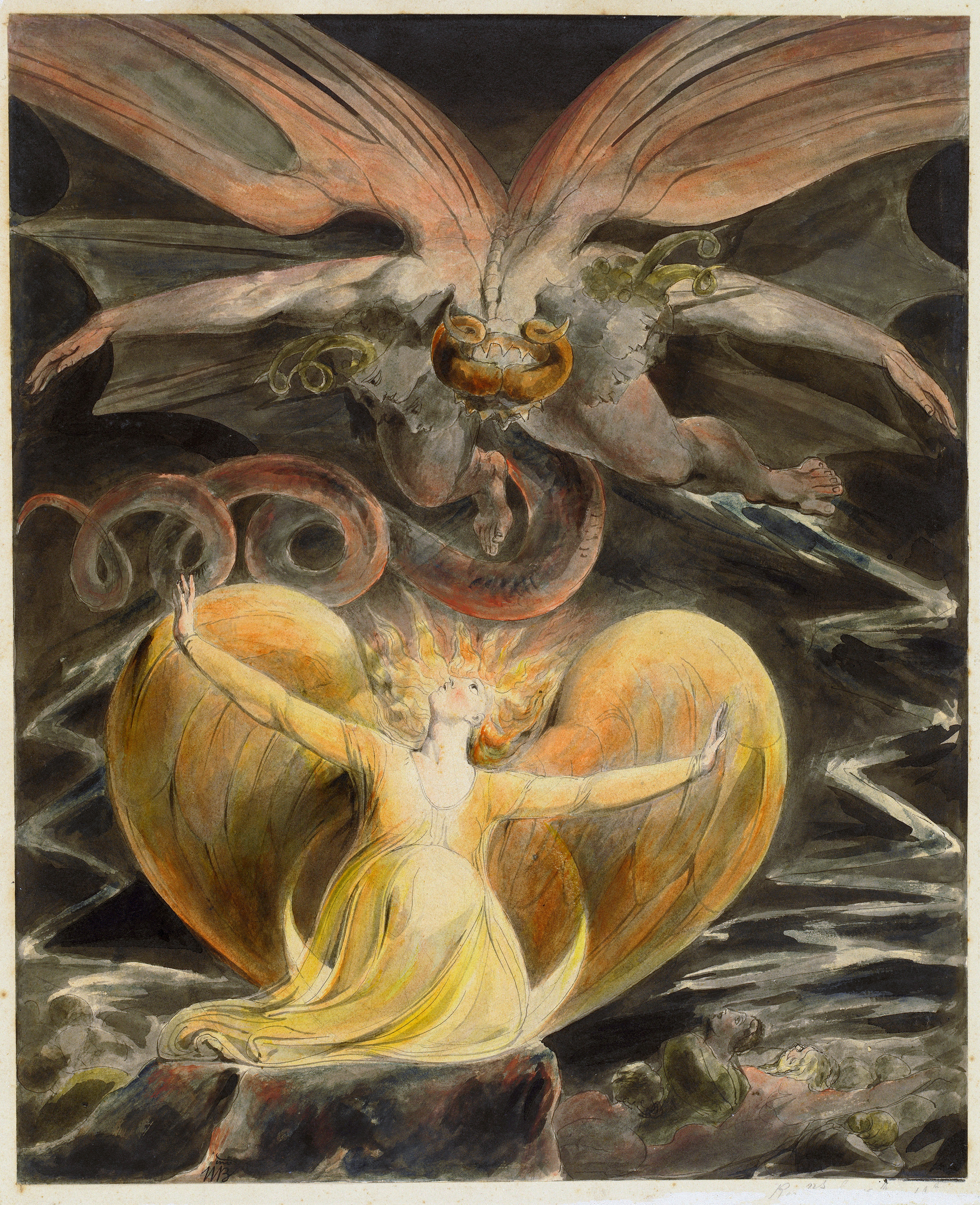The superheated pyroclastic material from the eruption of Mount Vesuvius in 79 AD preserved Herculaneum, Pompeii, Stabiae, and Oplontis intact (including food, human bodies, and wooden superstructures). The historian Pliny the Younger wrote about the eruption to the historian Tacitus, so we even have an eyewitness description of the volcano. And they’re in the Campania, which is a fantastic tourist destination in its own right. No wonder so many students opt to learn about them.
 |
|
One of three new mosaics unearthed this year at Muzalar House in the ancient city of Zeugma, in modern Turkey.
|
While they are famous and well-studied, they are by no means the only Roman mosaics in Europe, Asia Minor or the Middle East. Last week a Turkish news bureau announcedthat this year’s digs have unearthed three new Roman mosaics in the ancient city of Zeugma.
 |
|
“Gypsy Girl,” a fragment of mosaic found in the ancient city of Zeugma, in modern Turkey.
|
Zeugma was formally settled around 300 BC by Alexander the Great’s infantry general, Seleucus I Nicator. It was named for the bridge of boats (zeugma) which crossed the Euphrates River there. Its location was unknown until a few years ago, when signs of archaeological looting combined with plans to dam the Euphrates led to its investigation. Only a small number of its mosaics have been located and preserved to date.
 |
| Detail from a mosaic from the ancient city of Zeugma, in modern Turkey. |
In its heyday as a Roman city, Zeugma was home to more than 70,000 people. The get-rich-quick hangers-on of the Empire built their usual sumptuous villas, distinguished by mosaics. But Zeugma was also one of those “crossroads of the Ancient World” places where civilizations cross-pollinated. The site includes pre-Hellenistic, Greek and Roman ruins and artifacts.
 |
|
One of three new mosaics unearthed this year at Muzalar House in the ancient city of Zeugma, in modern Turkey.
|
Pompeii and its environs have been explored since the end of the 16th century. There is nothing new we could possible say about them. In comparison, Zeugma has been studied for 25 years. Since the mosaics are being removed to the Zeugma Mosaic Museum, future students will never examine them in situ as they do at Pompeii and Herculaneum. Still, Zeugma’s mosaics are sophisticated, naturalistic, and well-preserved. They should attract any student of ancient art.
I will be teaching in Acadia National Park next August. Message me if you want information about the coming year’s classes or this workshop.


